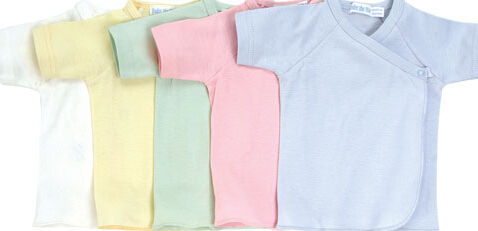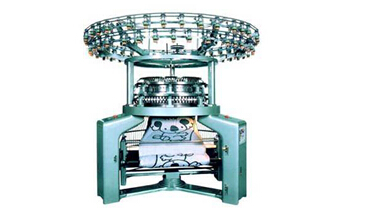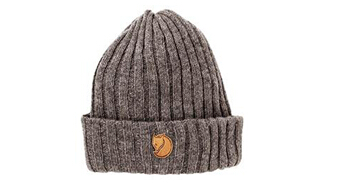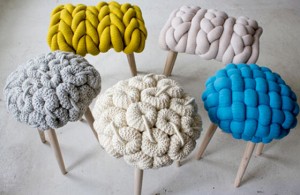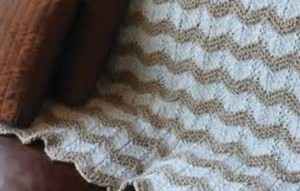1. soft finish in the common quality problems
1.1 Feel should reach
Soft style soft finish varies with customer requirements, such as soft, גלאַט, fluffy, soft waxy, oily, dry slide, אאז"ו ו, depending on the choice of different styles softener. As in the film, different film structures softener, סאָפטנאַס, bulkiness, slip, yellowing, the absorbent fabric etc. affect different; in silicone oil, modified silicone oil of the performance of different groups have different modifying such as amino silicone, hydroxyl silicone oil, epoxy-modified silicone oil, carboxyl-modified silicone oil, אאז"ו ו. properties are different.
1.2 pale yellow
Film and amino silicone in general with the amino group structure could easily lead to yellowing. In the film, the film is soft cations good, feel good, easily adsorbed on the fabric, but yellowing discoloration affect hydrophilicity, such as the cationic film converted into soft spirits, which will greatly reduce the yellowing hydrophilic there improved if the cationic silicone compound and the hydrophilic film, a hydrophilic finishing agent or compound, will improve its hydrophilicity.
Anionic or nonionic film film not yellowed; Some non-yellowing film, does not affect hydrophilicity. Amino silicone oil is currently the most widely used silicone oil, but the group will cause yellowing discoloration, yellowing greater the higher the value of ammonia, it should use low yellowing amino silicone or polyether-modified epoxy modified so difficult Pan yellow silicone oil.
ווייַטער, when the emulsion is sometimes used as a cationic surfactant as emulsifier 1227,1831,1631, these emulsifiers will produce yellowing. Emulsifying silicone emulsifier used is different, די “stripping” effect different causes stripping under different circumstances and coloration; already belongs to discoloration.
1.3 Hydrophilic fabric fell
General Structure of the lack of the film deposition and the use of water-based silicone group, and a hydroxyl group as the closure of the cellulose fibers, the wool carboxyl group, amino group, אאז"ו ו. These absorbent absorption center causing drops, possible use of anion, p; dark spots
The main reason is a deep stain fabric oil wastewater pre-treatment to the net, while at the oil stain darker color; or dye mixture vulgar excess foam, foam and flower hair Pied, dyes and other stick on the fabric; or defoamers Gone oil resulting dark oil spots; or vat of tar-like substance into the fabric; or dye aggregation in different situations from dark spots or excessive water calcium and magnesium ions stick to the fabric and dye binding finest reasons. To be targeted for treatment, such as degreasers plus processing time before scouring, dyeing auxiliary low-foam, no foam additives, defoamers select varieties of easy floating oil, add chelating agents to improve water quality, plus dispersant solubilization anti-dye aggregation, timely and clear cylinder cylinder wash clean agent cylinders.
1.5 shallow spots
The main reason is the pre-treatment stain shallow uneven, poorly some parts of the capillary effect, refused to produce certain infectious or reject with infectious substances, calcium soap, soap and other magnesium with a cloth or pre-treatment, or additives mercerized uneven spots, uneven drying or semi-finished, or cloth stained with sodium sulphate, soda ash and other solid undissolved material before dyeing or drying drops in Sheung Shui, or dyed fabric soft treatment when finishing stains. Similarly, treatment must be targeted, such as strengthening the pre-treatment must be difficult to choose form when calcium and magnesium soap before handling aids, pre-treatment must be uniform and thorough (this choice and scouring agent, penetrating agent, טשעלאַטינג דיספּערסאַנט, mercerized penetrant and other relevant ), sodium sulfate, soda ash, אאז"ו ו. must be of good into the cylinder and the need to strengthen production management.
1.6 alkali spot
The main reason is the base spot after pre-treatment (such as bleaching, mercerization) or to base net is not uniform, resulting in plaque produce alkali, alkali process must be strengthened to pre-treatment process.
1.7 softener collapse
The reason is probably caused softener stains are the following:
(1) the material of the film poor in adhesion with the fabric softener block;
(2) the film of the material too much foam in the tank when the cloth, fabric softener foam tape stains;
Poor (3) Water hardness is too high, water impurities and binding lectin in the fabric softener. Even after making cloth with some stains Plant hexametaphosphate or alum-treated water, these substances and impurities in the water to form floc into softening bath;
(4) Oil anionic substances, eating soft, and combined into a cationic softener stains or cloth with alkali, so softener cohesion;
(5) The type softener structure, some residue was purified from the resulting softener emulsified state becomes adhered to the fabric at high temperatures, אאז"ו ו;
(6) the original cylinder tarry substance softener in the fabric sticks to fall.
1.8 silicone oil stains
Silicone oil stains are difficult to deal with a class of stains, mainly:
(1) Oil pH value below the neutral, especially with alkali, resulting silicone emulsion breaking floating oil;
(2) bad treatment bath water hardness is too high, the silicone oil in more than 15Omg / L hardness of the water easily floating oil;
(3) between silicone quality problems, including poor emulsion (emulsifier poor choice, poor emulsification process, emulsion particles too large, אאז"ו ו), intolerance shear (mainly silicone itself quality problems such as silicone oil, emulsifying system, silicone varieties , silicone synthetic process, אאז"ו ו).
You can choose resistance to shear, electrolyte resistance, resistance to change in pH silicone oil, but beware of silicone oil use and the environment, can also be considered elected hydrophilic silicone oil.
1.9 fluff poor
Raising poor operation (such as tension control, raising roller speed, אאז"ו ו) are closely related, for raising it, the softener (commonly known as the wax), the control of the fabric of dynamic and static coefficient of friction is the key with raising machine, so raising soft preparation is the key agent, if softener too poor, a direct result of poor fluff, and even cause broken or Brad width variations.
2 resin finishing common quality problems
2.1 formaldehyde problem
Since the resin of the resin of free formaldehyde and N-methylol structure caused by the decomposition of the formaldehyde levels of formaldehyde. Should adopt ultra-low formaldehyde resin or no formaldehyde resins.
Of course, the problem is very widespread formaldehyde sources, such as the fixing agent Y, ב, softener MS-20, Sl, waterproofing agents AEG, FTC, adhesives RF, flame retardants and other additives may also cause THPC formaldehyde. Migration of formaldehyde in the air at the same time may also cause high levels of formaldehyde on the fabric.
2.2 yellowing or discoloration problem
After the resin finishing, the general cause yellowing, so: to minimize yellowing, discoloration.
2.3 Strong decline issues
General resin finishing will produce a strong decline in fiber protection agents can be added, such as oxidized polyethylene wax emulsion body.
2.4 handle problems
General hardening resin finishing touch will cause the phenomenon, can be added to the soft component, but be careful not to affect the resin finishing quality. Improve the feel of a strong decline in problem greatly improved. But feel stiff surface of the resin caused problems are caused by drying resin itself and other reasons, to be targeted for improvement.
3 other quality problems
Metal ions exceeded 3.1
Metal ions Cu, Cr, Co, Ni, Zn, Hg, As, Pb, Cd and other export products to be detected, if exceeded, also the same as formaldehyde have serious consequences. In aid of such metal ions is less, but some additives can cause excessive, such as emulsion contains a lot of mercury antimony trioxide flame retardant, water repellent CR, phoboTexCR (Ciba), Cerolc (Sandoz), אאז"ו ו. with chromium. Mordant dyes used on wool, the dye used in the media as potassium dichromate or sodium dichromate or sodium chromate, Cr6 + will be exceeded.
3.2 color change
After finishing in the color change is more, it must be noted that the choice of dye staining, dyeing play when Andrew, you must press the corresponding finishing process, to determine whether the choice of dye additive effects occur in the pale, אַוואַדע, the best choice will not cause discoloration after finishing agent is the best option, but often have limitations (such as copper antimicrobial agent itself has color, chromium waterproofing agent also has color, will cause fabric discoloration), while also taking into account the dyed fabric during the drying curing light color dye sublimation and other factors yellowing and discoloration caused by excessive temperature caused.
3.3 APEO exceeded
APEO as an indicator has also been restricted in some countries, this indicator and pre-treatment of the scouring agent, penetrant, India staining of detergent, leveler, after finishing softener emulsifier etc. related in the case currently widely TX, NP series of surfactants as additives raw materials, and its prevention difficult, the only way is to insist on the use of environmentally friendly dyeing auxiliaries, strictly eliminate additives into the plant contain toxic and hazardous substances and APEO to use.
